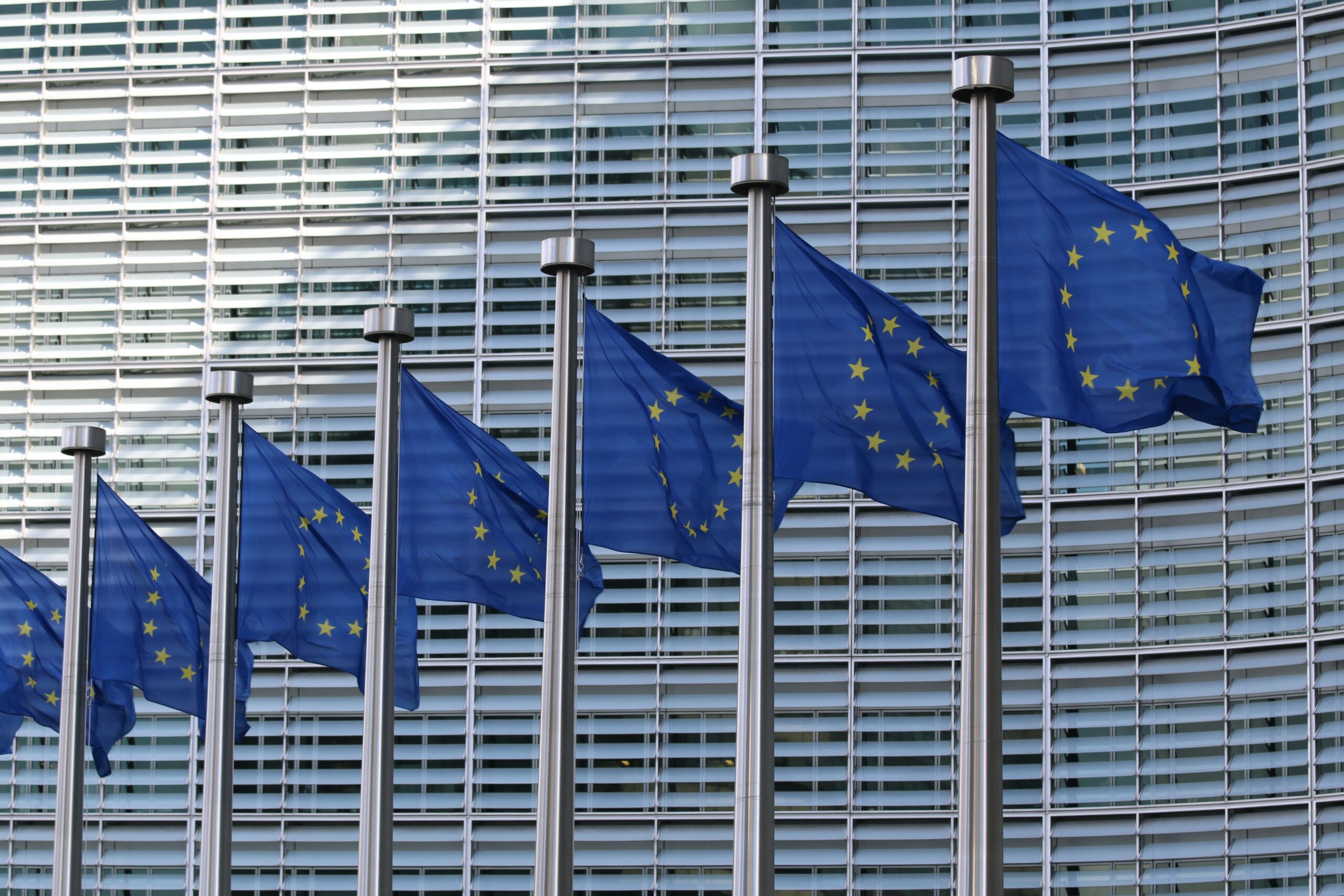The Commission is presenting amended rules that will make the protection of industrial designs throughout the EU cheaper, quicker, and more predictable.
The suggestions are in response to the Intellectual Property Action Plan,[1] which was established in November 2020 and aims to reform EU design protection legislation. It reflects calls from stakeholders, the Council, and the European Parliament for the modernization of the legislation and aims to build on the results of a thorough examination of the reform of the EU trademark legislation. It is also in response to requests from stakeholders, the Council, and the European Parliament for the Commission to modernize and further unify EU industrial design law.
A product’s industrial design is its outside look, as defined by its lines, curves, or shape. The recommendations for a revised Regulation[2] and Directive[3] on industrial designs modernize the 20-year-old Community design framework[4] and counterpart national design regimes.[5] The updated regulations will further enhance the circumstances for corporate innovation. In addition, the guidelines implement a more balanced approach to design protection. This ensures that designs may be replicated for spare components, giving consumers more options when repairing complex products like automobiles.
Objective of the proposal
Each proposition will simplify and expedite the process for EU-wide design registration.
In particular, the new rules will make registered Community design protection more accessible, efficient, and affordable, particularly for individual designers and SMEs, by making it easier to present designs in an application for registration (such as by submitting video files) or by combining multiple designs in a single application, as well as by lowering the fees to be paid for the first ten years of protection.
Processes and guarantee compatibility with national design systems will be harmonized: the new framework intends to guarantee more complementarity between EU-level and national design protection legislation, for example regarding registration requirements and the simplification of invalidation criteria for registered designs. This will assist to level the playing field for European enterprises.
Permit reproduction of original designs for complex product repairs: By incorporating an EU-wide “repair clause” into the Design Directive, the new rules will help to boost spare parts market access and competition. This is especially significant in the auto repair industry, where it should become permitted in all EU member states to replicate identical “must match” car body pieces for repairs in order to restore the vehicle’s original appearance. The proposed ‘repair clause’ should have immediate legal effect only for future designs, while existing designs should be protected during a ten-year transitional period.
The two suggestions will be forwarded to the European Parliament and the Council for consideration in accordance with the normal legislative procedure.
Next Steps
The two proposals will now be forwarded to the European Parliament and the Council for consideration in accordance with the normal legislative procedure.
The revised rules of the Directive will be incorporated into national law within two years of the adoption of the new proposals.
A portion of the modifications to the Community Design Regulation will become applicable within three months of the regulation’s entry into force, while the remainder will become applicable when the delegated and implementing acts are implemented (18 months after entry into force).
Sources
- https://ec.europa.eu/commission/presscorner/detail/en/ip_20_2187 ↑
- https://single-market-economy.ec.europa.eu/publications/proposal-regulation-community-designs_en ↑
- https://single-market-economy.ec.europa.eu/publications/proposal-directive-legal-protection-designs-recast_en ↑
- https://eur-lex.europa.eu/legal-content/EN/ALL/?uri=celex%3A32002R0006 ↑
- https://eur-lex.europa.eu/legal-content/EN/TXT/?uri=CELEX:31998L0071 ↑





